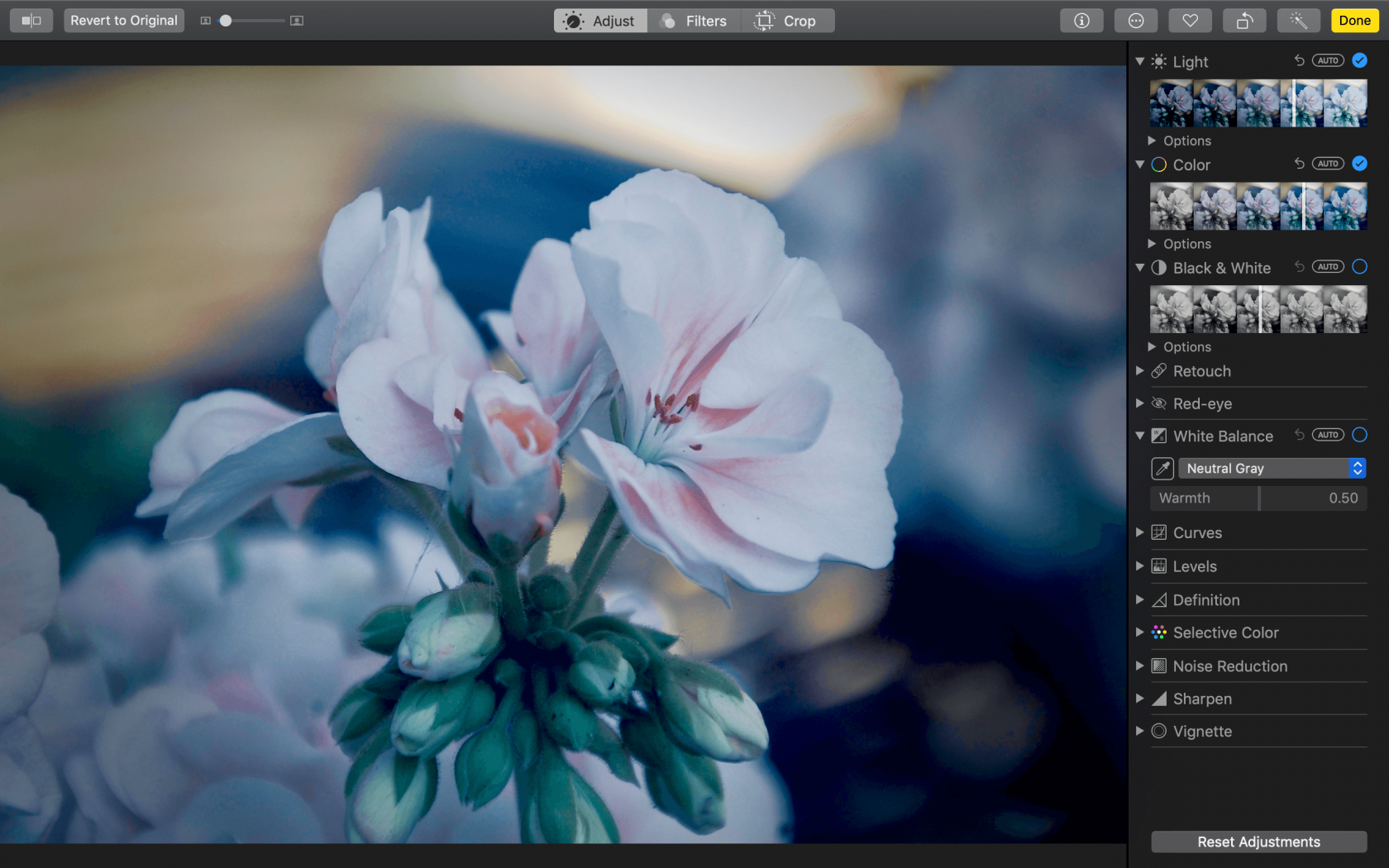

The smaller the f-stop, the larger the aperture. The higher the f-number, the smaller the aperture opening. They are determined by the ratio of the aperture’s diameter to the focal length of a lens.
#Low aperture software software
On your smartphone, the camera aperture is fixed, using software to add blur and depth of field.į-stops – sometimes called f-numbers – are a measure of how large the opening of the aperture is.

This means you can buy lenses with different aperture ranges. In SLR and DSLR cameras, the aperture is an actual physical opening in the lens. Aperture – the size of the hole where light comes in.
#Low aperture software iso
ISO – how sensitive the ‘film’ is to light.Shutter speed – how long the camera’s shutters are open.There are three factors impacting the amount of light your camera is exposed to when taking a photo: A small aperture lets in less light and leads to a darker image, while a larger one can flood the sensors with light.īut aperture can do so much more – adding depth by blurring backgrounds or creating super-sharp landscape images. Aircraft altitude and motion data are used to compensate for aircraft motion in the post-flight processing.Aperture in photography is the section of the camera that can be adjusted to let in more or less light. The bi-static antenna system consists of three identical waveguide-fed horn antennas with a baseline length of ∼1m. The DSB chirp doubles the effective bandwidth of the transmit signal with only a small signal-to-noise ratio loss due to reduced carrier suppression. Cost was minimized by using a double-sideband (DSB) transmit chirp and an all-digital final intermediate frequency. Operating at 9.9GHz (X-band), YINSAR employs a 200MHz bandwidth chirp to achieve a single-look resolution of 60 × 10cm and a multi-look resolution of 1 × 1m with 1m height accuracy (see Figures 5 and 6). YINSAR uses two multiple antennas to enable extraction of surface topography from a small six-passenger Cessna 337M Skymaster (see Figure 4). This can be exploited to infer topography as well as to generate images by combining data from multiple receive antennas separated by a baseline. SAR imaging is coherent, using the phase of the radar echo. The first microSAR operated at C-band (5.56GHz), but microSAR systems at other bands have also been built. Sample microSAR images are shown in Figure 3. The averaging reduces the ‘speckle noise’ inherent in SAR images. Designed for operation at 300–2500ft and 20–50m/s, microSAR has a swath width of 200–900m with a nominal one-look spatial resolution of ∼10 × 60cm, which is multi-look averaged to 1 × 1m in processed imagery.

To optimize performance, microSAR uses bi-static operation, in which transmission and receipt occur via different antennas. In contrast, with microSAR, transmission and receipt occur simultaneously via continuous-wave linear-frequency modulation, enabling low-power operation. With conventional SAR, short pulses are transmitted and separated by a receive interval. Minimal enclosures reduce flight weight to less than 2lbs. circuit boards and two flat microstrip antennas, each approximately 4 × 12in. The microSAR system consists of a stack of 3 × 3.4 × 3in.


 0 kommentar(er)
0 kommentar(er)
